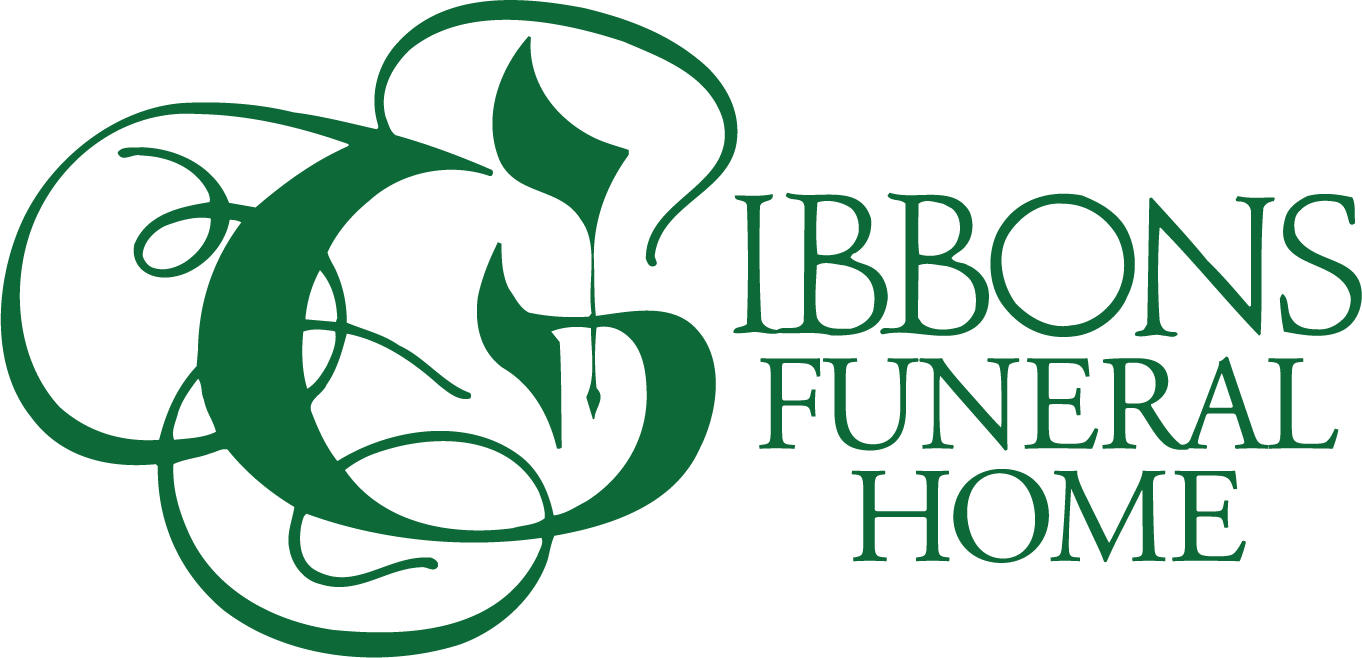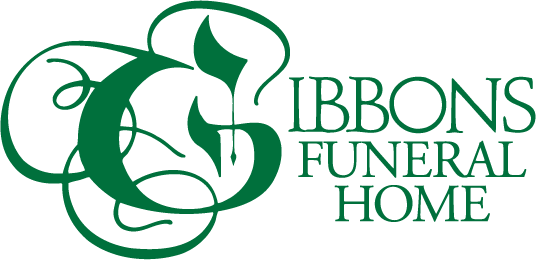In recent years, the world of dating shows has been taken by storm by the emergence of queer dating shows. These shows are centered around LGBTQ+ individuals and their search for love and companionship. Queer dating shows have provided much-needed representation and visibility for the LGBTQ+ community, which has traditionally been underrepresented in mainstream media. These shows have also helped to challenge stereotypes and promote acceptance and understanding of diverse sexual orientations and gender identities.
History of Queer Dating Shows
The first queer dating show, "Boy Meets Boy," aired in 2003 on Bravo. The show featured a gay bachelor searching for love among a group of male suitors. The twist was that some of the suitors were actually straight men pretending to be gay in order to win the prize money. The show was controversial at the time for perpetuating negative stereotypes about gay men, but it was also groundbreaking in its representation of LGBTQ+ individuals on television.
Since then, numerous queer dating shows have been produced, including "Finding Prince Charming," "The Bi Life," "Are You The One?," "Dating Around," and "Love Island: Australia." These shows have varied in their approach to representation, with some focusing on one specific sexual orientation or gender identity, while others have included a diverse range of participants.
The Importance of Queer Dating Shows
Queer dating shows have played an important role in promoting acceptance and understanding of diverse sexual orientations and gender identities. These shows have given LGBTQ+ individuals a platform to share their stories and perspectives, and have helped to challenge stereotypes and misconceptions about the community. By showcasing LGBTQ+ individuals in the context of romantic relationships, these shows have also helped to humanize them and highlight the universal experiences of love, heartbreak, and self-discovery that everyone can relate to.
Additionally, queer dating shows have provided much-needed visibility and representation for the LGBTQ+ community, which has traditionally been underrepresented in mainstream media. By featuring LGBTQ+ individuals in lead roles, these shows have helped to normalize their presence on television and contribute to a more diverse and inclusive media landscape.
Controversies Surrounding Queer Dating Shows
Despite their positive impact, queer dating shows have also faced criticism and controversy. Some critics argue that these shows perpetuate negative stereotypes about LGBTQ+ individuals and reduce them to caricatures or tokens. Others argue that these shows are exploitative, especially when it comes to the emotional vulnerability of the participants.
One notable controversy involved the show "Finding Prince Charming," which aired on Logo TV in 2016. The show featured a gay bachelor choosing between a group of male suitors, but was criticized for its lack of diversity and for perpetuating harmful stereotypes about gay men. The show's host, Lance Bass, later apologized for his involvement in the show.
Despite these criticisms, many queer dating shows have continued to push for greater visibility and representation for the LGBTQ+ community. Some shows, like "Dating Around," have received praise for their nuanced portrayal of LGBTQ+ individuals and their relationships.
The Future of Queer Dating Shows
As LGBTQ+ representation continues to grow in mainstream media, it is likely that we will see more queer dating shows in the future. These shows will likely continue to play an important role in promoting acceptance and understanding of diverse sexual orientations and gender identities, as well as providing much-needed visibility and representation for the LGBTQ+ community.
However, it is important that these shows are produced responsibly and thoughtfully, with a focus on authentic representation and avoiding harmful stereotypes or exploitation. With careful consideration and attention to detail, queer dating shows can continue to make a positive impact on the media landscape and help to promote acceptance and understanding for all members of the LGBTQ+ community.

